Elon Musk's big Tesla robotaxi reveal is finally almost here. It's been a long time coming
Elon Musk has been promising a self-driving Tesla taxi for more than five years
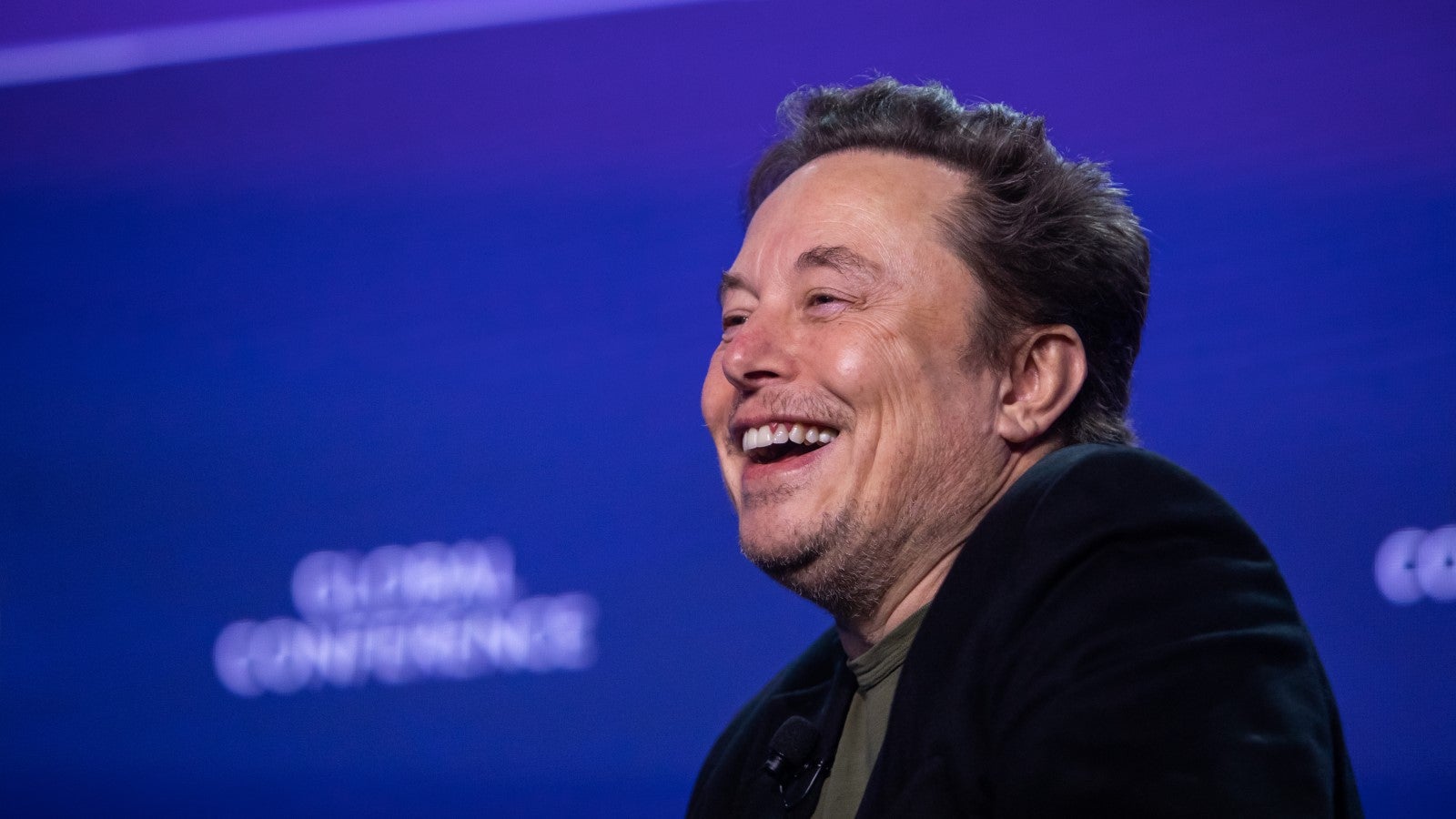
Elon Musk first promised that a Tesla robotaxi network was coming in April 2019. Back then, the billionaire was envisaging a fleet of autonomous Tesla cars that could ferry people around town whenever they weren’t needed by their owners. Now, he’s promising a fully-fledged autonomous taxi that will be unveiled for the first time on October 10.
However, this isn’t our first rodeo and this is far from being the first release date that Musk has promised for the Tesla taxi service, which has already been pushed back. And delayed. And rescheduled. Now, we’re expected to believe that Musk will unveil Tesla’s autonomous taxi next week in California.
Whether you believe that a Tesla taxi is coming or not, the history of Musk’s promises that one would eventually exist goes back a while now. So, why not recap on your Tesla history and flick through the following slides to see how Musk’s promise of a self-driving future has changed since the idea first popped into his head.
2 / 13
2019: Autonomy Day
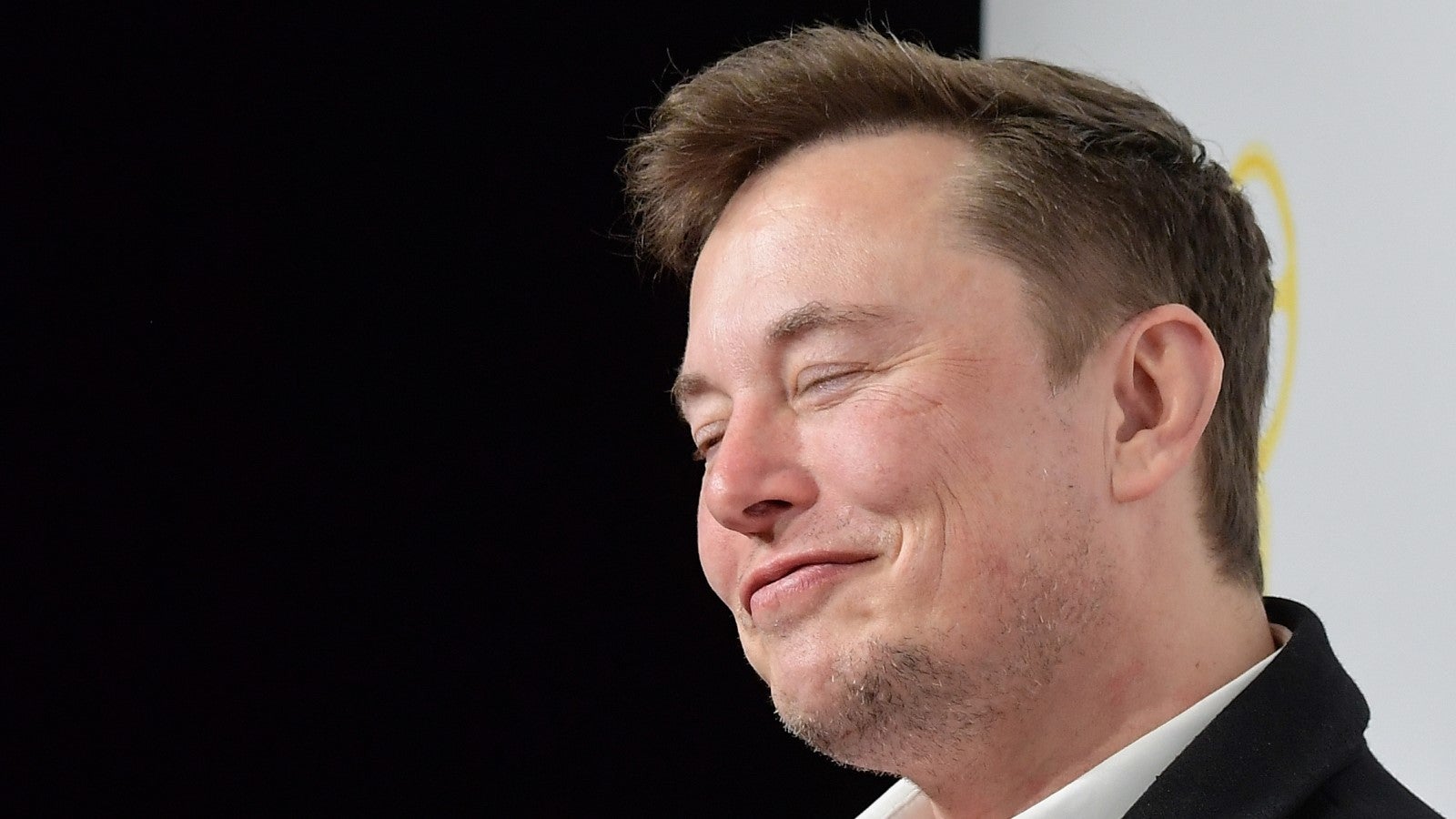
The root of Tesla’s autonomous taxi ambitions can be traced back to Autonomy Day on April 22, 2019. Back then, Musk made a whole heap of promises he’s yet to deliver on, such as level five autonomy in a million Teslas by 2020, and he doubled down on his criticism of LiDAR in autonomous cars.
It was during this day of presentations that Musk first promised a fleet of a million autonomous taxis that would be on our streets soon. Back then, we reported that Musk wanted to activate a million autonomous taxis via an over-the-air update that would unlock the car’s full potential. That was promised for 2020 and four years later, we’re still waiting.
3 / 13
2019: The Crashes Start
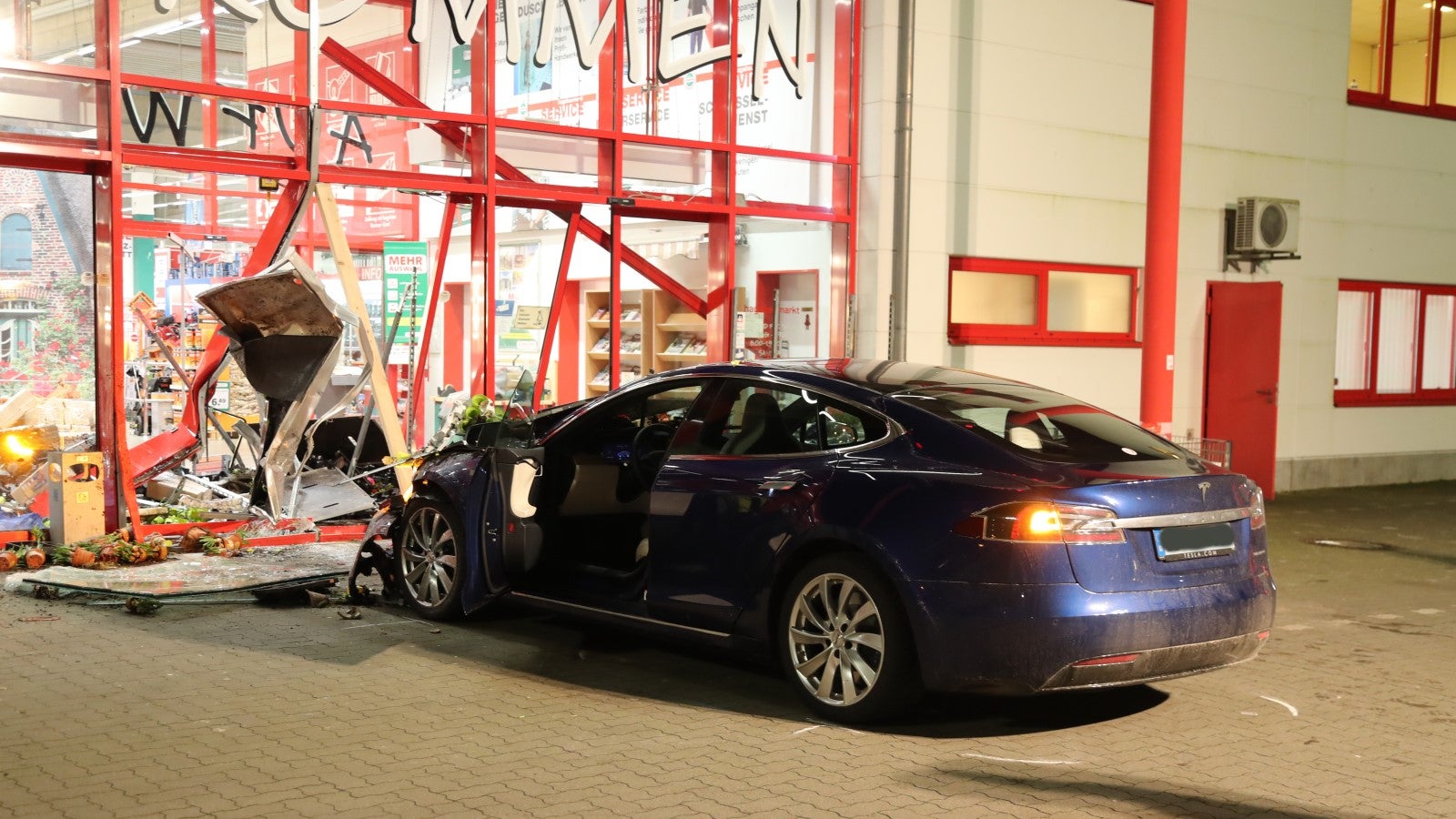
Soon after unveiling his lofty plan for autonomy at Tesla, Musk began letting more and more Tesla owners get their hands on the Autopilot systems that he promised would bring self-driving capabilities to their cars. The system didn’t deliver quite that, and instead it was, and still is, a level two driver-assist system that requires complete attention from the driver.
Many owners didn’t get this memo, and Tesla cars equipped with Autopilot soon began crashing in strange circumstances. In December 2019, a Tesla Model 3 with Autopilot engaged crashed into a parked police car and another car while its driver took their eyes off the road to check on their dog.
4 / 13
2020: Nothing Arrived
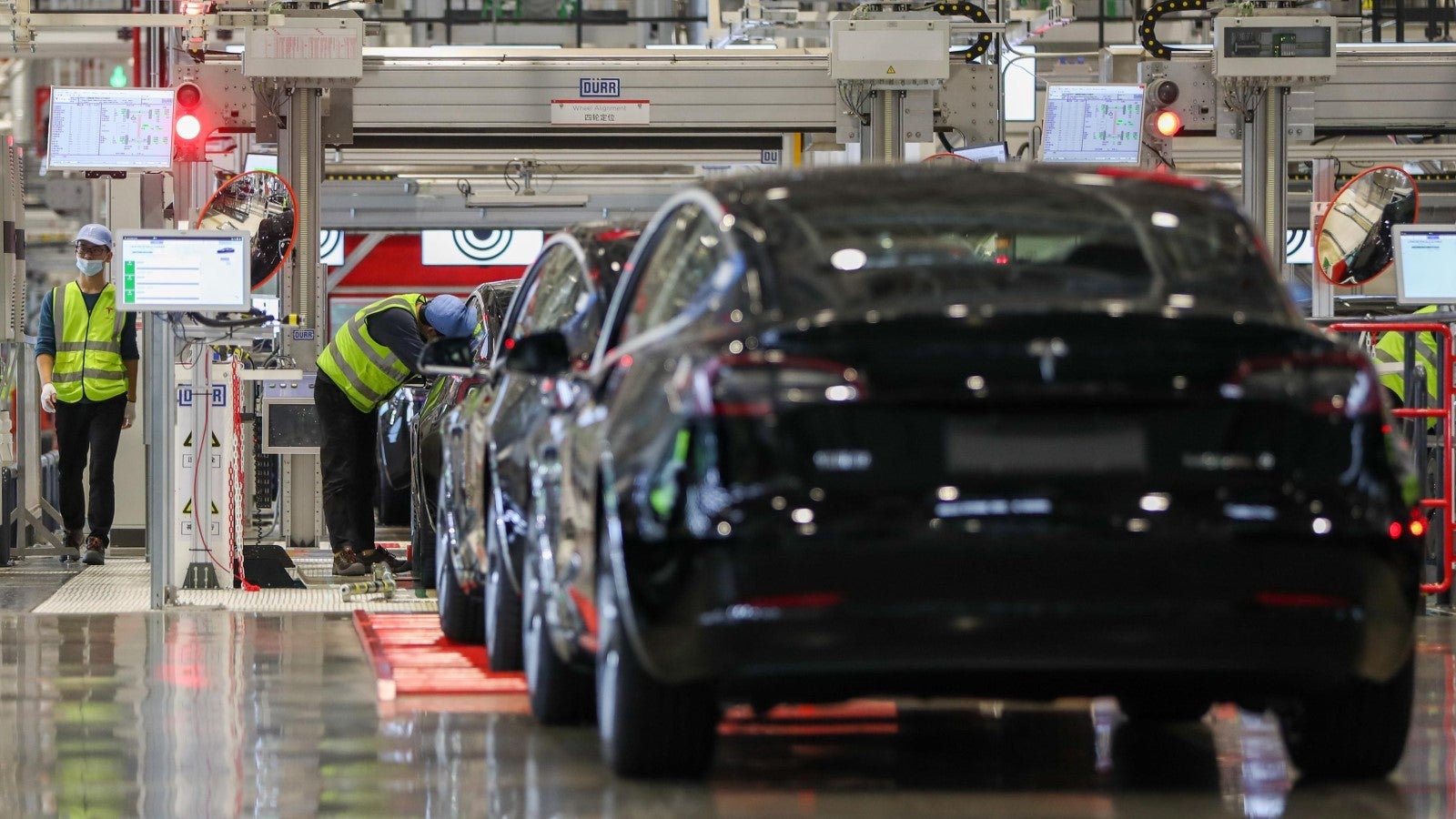
Almost a year after Musk promised that level five autonomy was coming to his cars, it still hadn’t. Instead, Tesla started taking Autopilot privileges away from some drivers. One Tesla owner who picked up his car second hand found that Tesla had disabled Autopilot on his car remotely, arguing that he hadn’t paid for the service as he’d gotten the car second hand.
The fiasco threw up all kinds of questions about software vs hardware updates on cars, especially if certain features could be switched off if you didn’t pay more for them. In the end, it garnered a whole heap of bad press for Tesla, which ultimately returned the software to the car… eventually.
5 / 13
2020: The Feds Step In
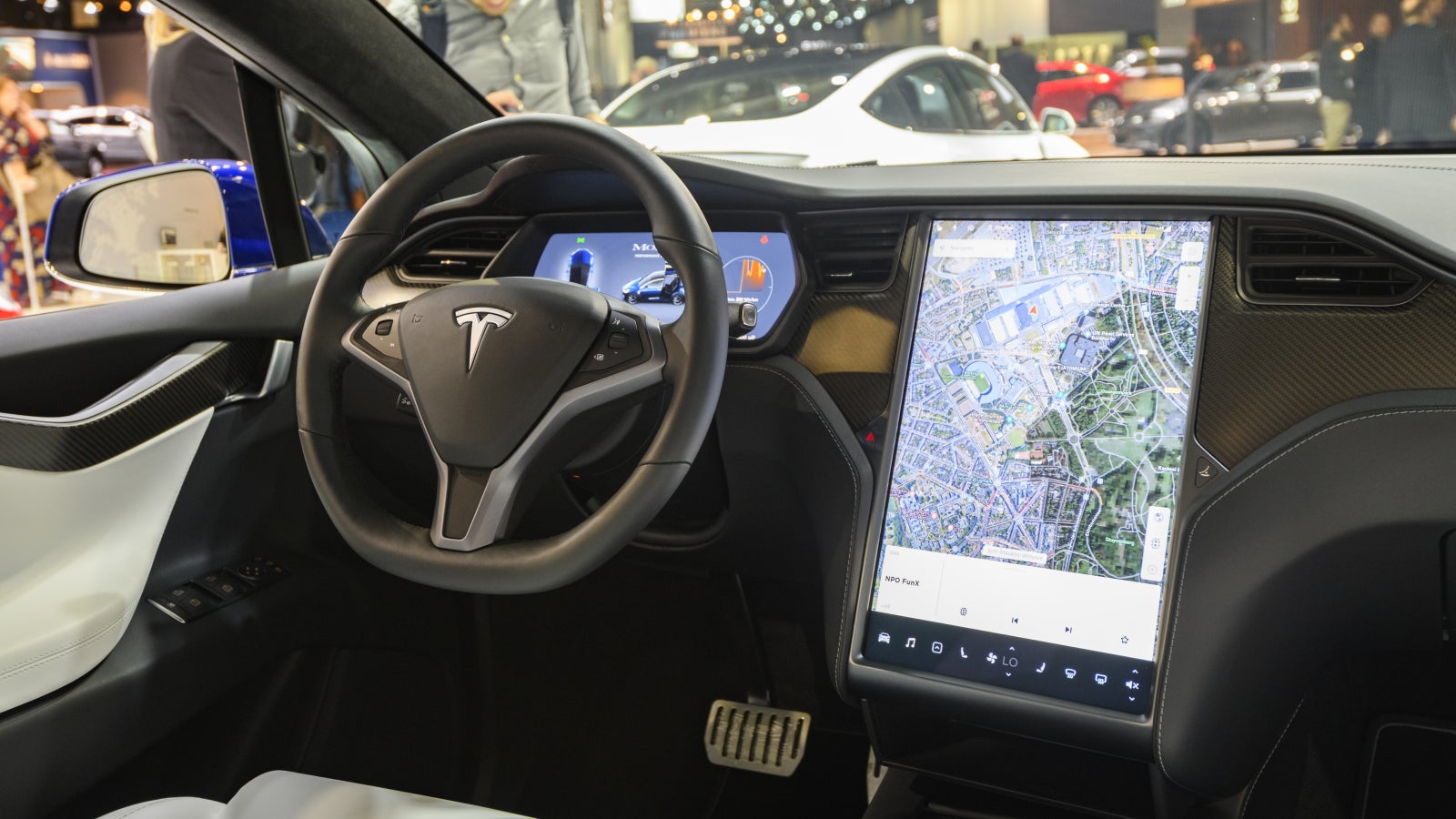
Over its years in the spotlight, Autopilot has been on the receiving end of a lot of government probes, and in 2020 there was a big one to contend with. Investigators in the U.S. argued that Tesla wasn’t doing enough to ensure that owners kept their eyes on the road while using Autopilot.
The investigation by the National Transportation Safety Board came after three deadly crashes were linked to the use of Autopilot in Tesla cars. It followed accusations that the automaker had “no formal correspondence with NTSB officials” over the ways it planned to ensure drivers kept their eyes on the road.
6 / 13
2020: The Problems Run Deep
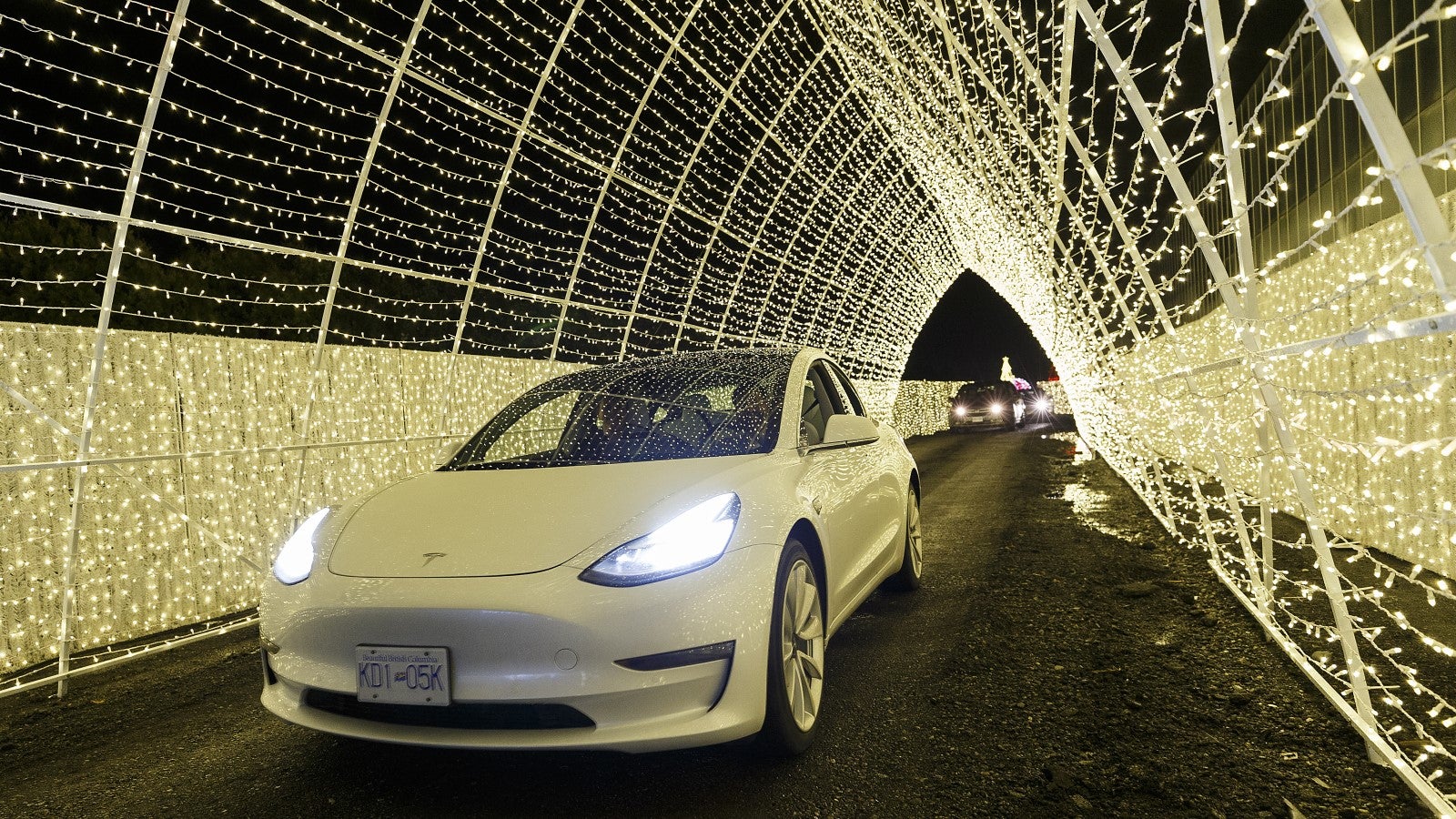
If issues with attention weren’t enough for Tesla, an investigation later in the year found that the issues Autopilot faced run much, much deeper. Hackers who gained access to the black box in a Tesla involved in a crash found that Autopilot disengaged seconds before the crash without slamming on the emergency brakes.
When this emerged, Autopilot was criticized for taking on around 80 percent of the task of driving and leaving the other 20 percent to a driver who believed their car was doing the heavy lifting. Is that the kind of system you’d trust to take you and your family to the airport before a vacation or to ferry you home from a bar after a drink? You know, the kind of tasks many people turn to taxis for.
7 / 13
2021: Full-Self Driving Is Coming
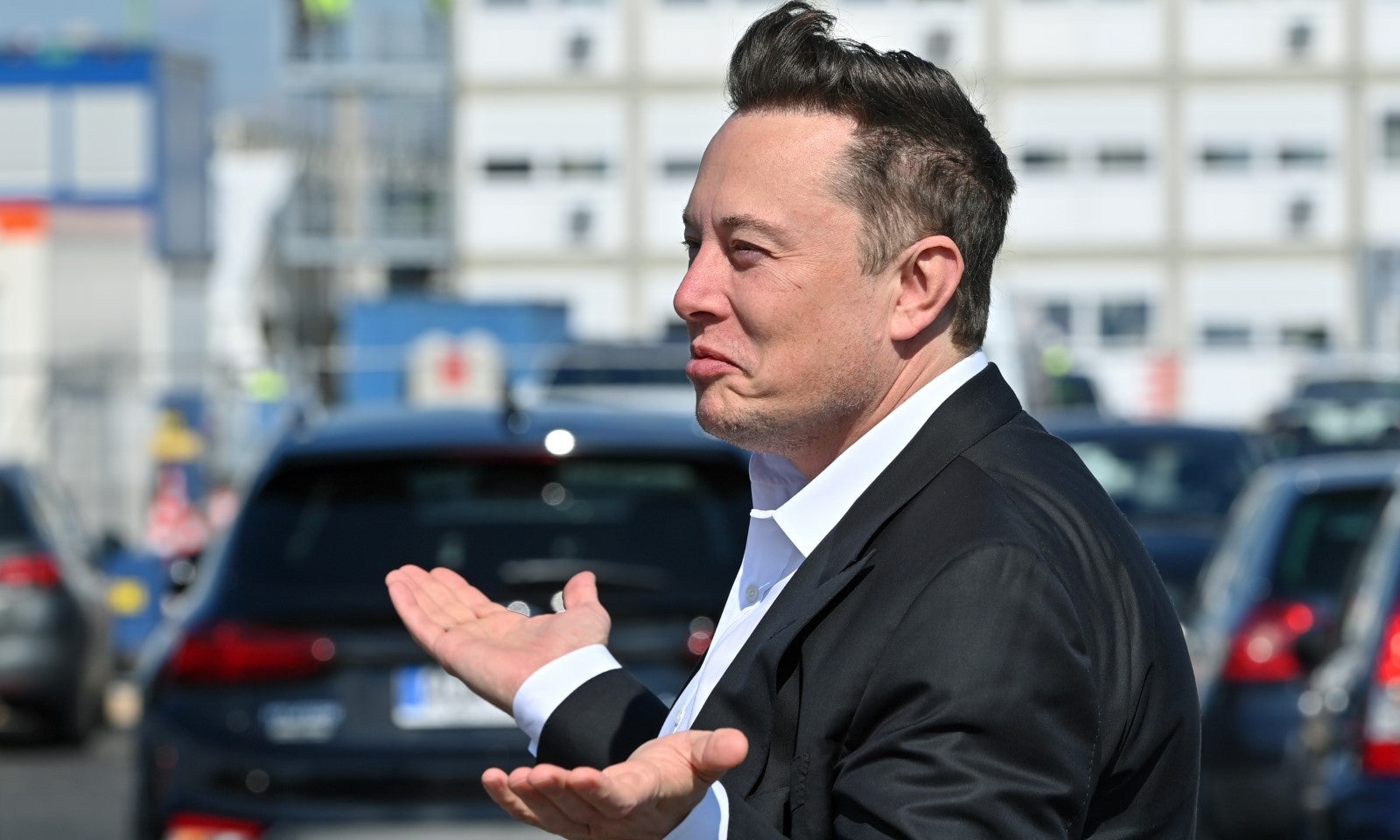
Two years after Musk promised that his cars would be driving themselves, he finally began offering Tesla owners access to Full Self-Driving. However, the system couldn’t actually autonomously drive a Tesla and was, actually, just another level two system that still required the utmost attention from whoever was at the wheel.
The $10,000 optional extra finally rolled out in 2021 to certain Tesla owners and claimed to be able to control the car through city streets. It didn’t, however, offer them the secondary stream of income that Musk promised two years previously when he said privately-owned Teslas could double as autonomous taxis. So the wait continued.
8 / 13
2021: Waymo Wades In
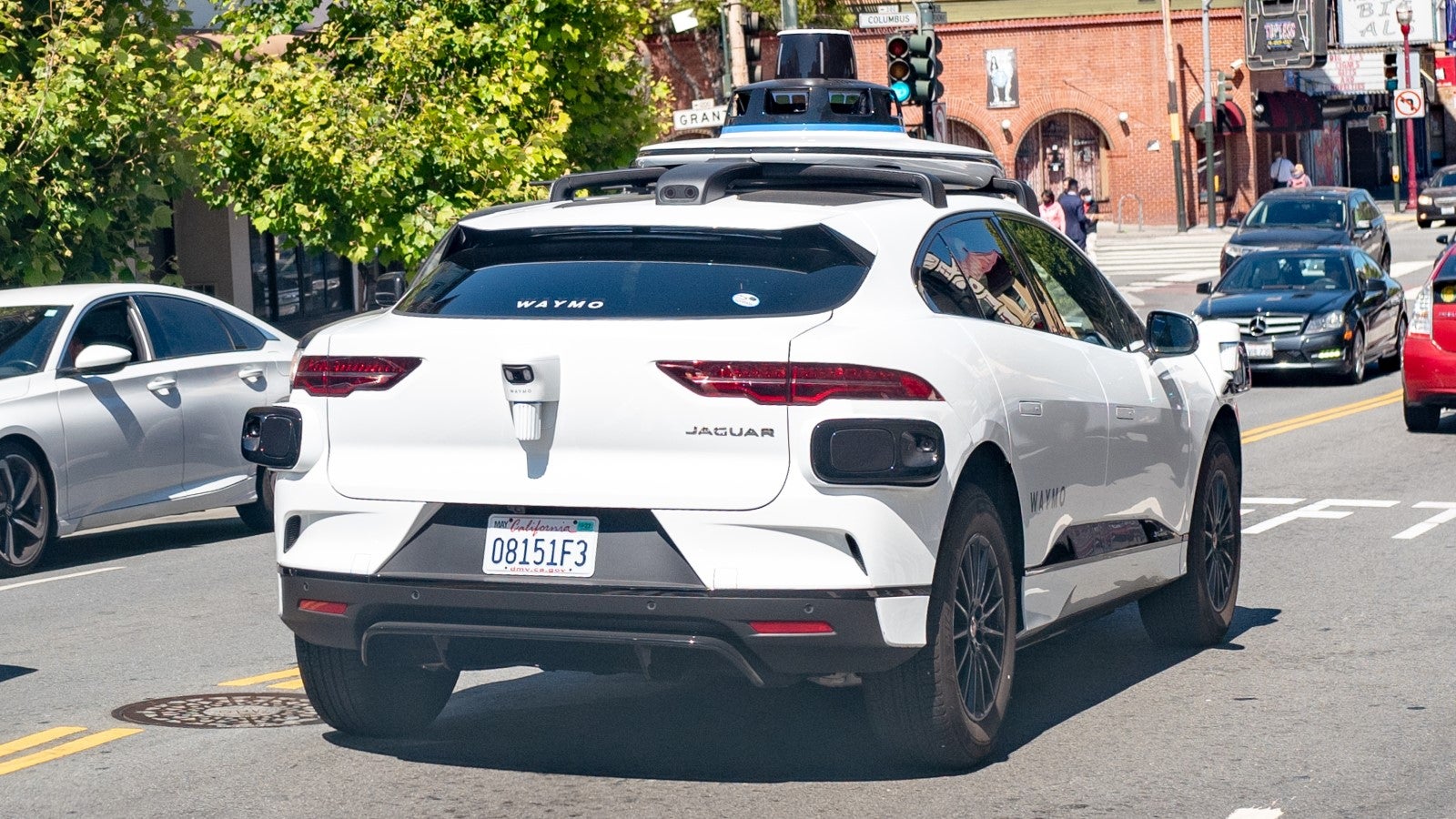
After almost two years of claims that an autonomous taxi was coming from Tesla, actual autonomous taxi firm Waymo had enough of the EV maker’s prevarication. Waymo launched its self-driving rides in 2018, and went so far as to remove safety drivers from some rides in 2019. By 2021, it had begun offering autonomous taxi rides in San Francisco.
2021 was also the year that its then-CEO John Krafcik threw some serious shade Tesla’s way, arguing that Autopilot would never achieve full autonomy. In an interview with a German magazine, Krafcik said he felt Tesla was “no competitor at all” for Waymo and suggested that his company’s sensor suite is “orders of magnitude better” than what Tesla offers. He may have had a point, as three years later Waymo has greatly expanded its service while Tesla is still stuck in around the same position it was back then.
9 / 13
2022: Robotaxi Delayed
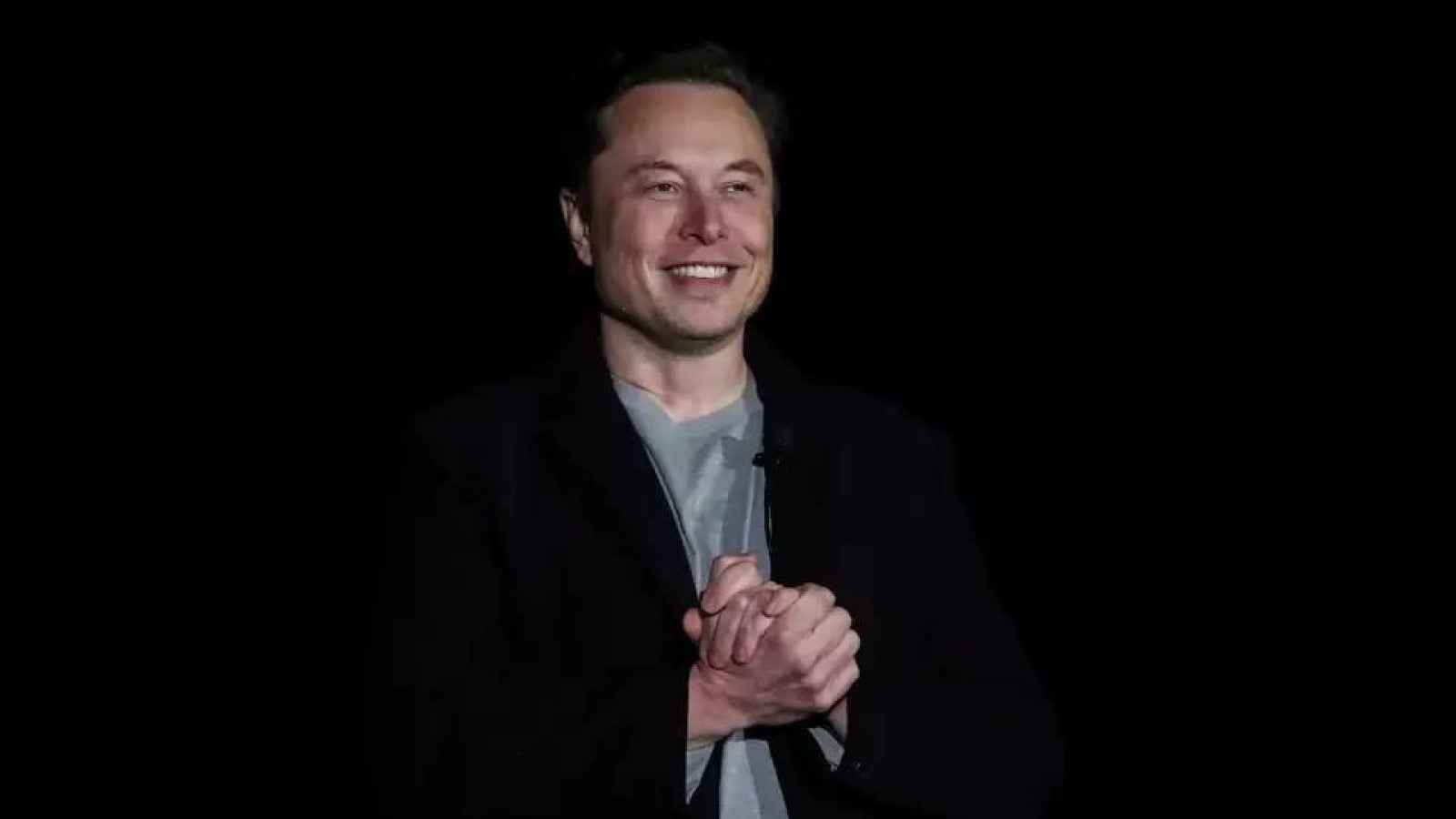
During Tesla’s 2022 earnings call, big boss Musk finally gave an update on the timeline for his robotaxi. Back then, he told investors that Tesla would now create a purpose-built robotaxi that would be unveiled in 2023 and go into production a year later. Mass production of the autonomous car was promised and, as I’m sure you’ve noticed, never arrived.
Instead, over the course of 2022 more and more drivers got their hands on Full Self-Drive and Autopilot, with some owners that failed Tesla’s own safety checks for the software even being trusted with it in their cars.
10 / 13
2023: Still No Robotaxi
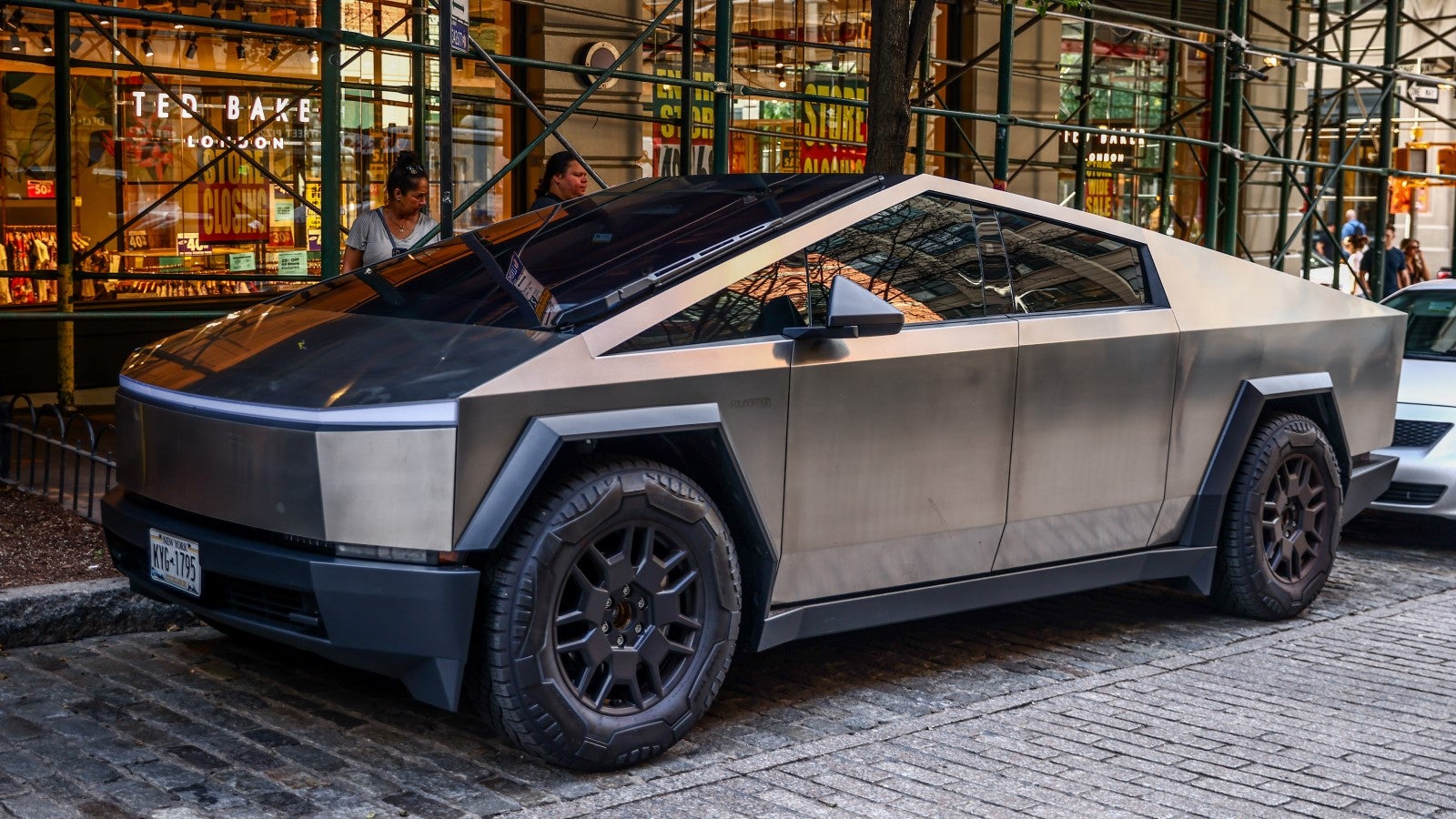
When 2023 rolled around, we all waited with baited breath to see what Tesla would unveil and whether it may finally be a finished robotaxi prototype. That never happened and instead the automaker gave us a refreshed look to the Model 3 electric car and finally managed to begin shipping its long awaited Cybertruck to buyers across America.
As the Cybertruck was unveiled in 2019 with a promised release date of 2021, the two year delay it experienced was nothing compared to the slow tease of the Tesla robotaxi that continued through the year.
11 / 13
2023: Autopilot Not Safe
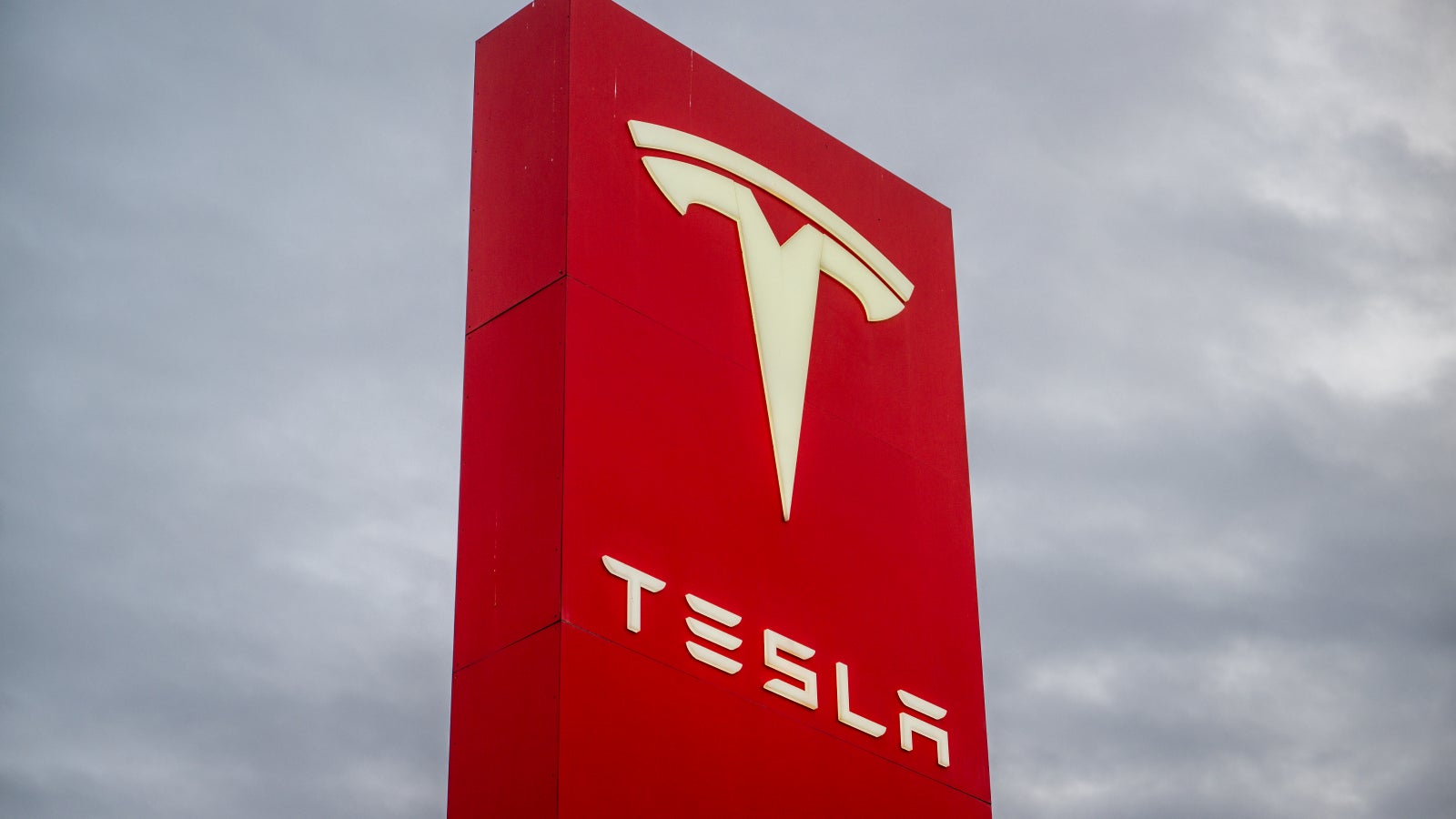
A Tesla robotaxi may not have arrived in 2023, but concerns over the company’s safety were already rife across the automotive industry. Those worries reached fever pitch at the end of 2023 when a Tesla whistleblower criticized the software that would run a self-driving Tesla, explaining that they did not “think the hardware is ready and the software is ready.”
In an interview with the BBC, ex-Tesla employee Lukasz Krupski laid into the electric vehicle maker, accusing it of running “experiments in public roads” that endangered all of us. Data from the automaker also revealed that, on average, its cars crashed in a way that the airbag deployed roughly once every 5 million miles when Autopilot was engaged.
12 / 13
2024: Robotaxi Release Day
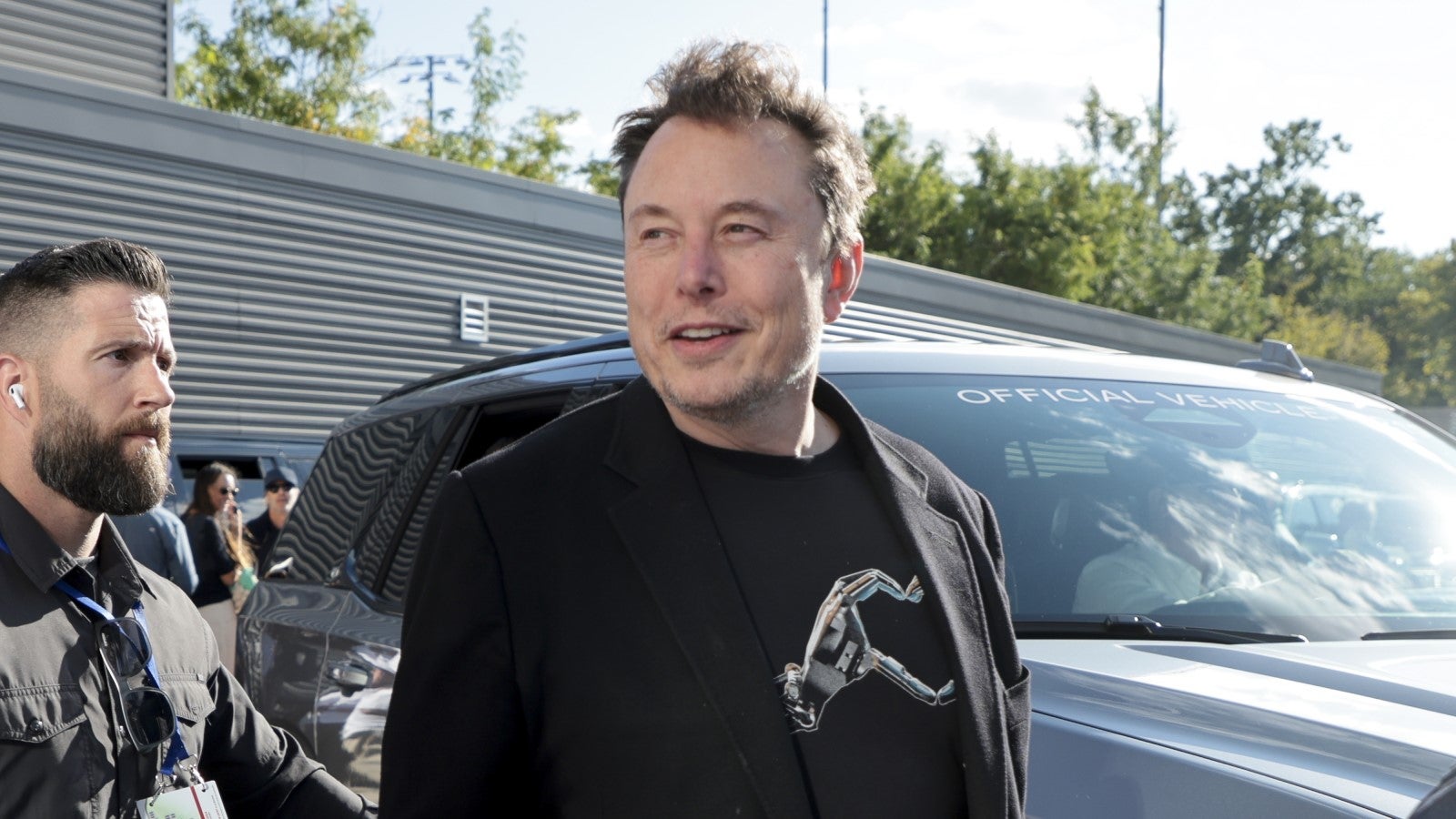
Five years after the idea was first floated by Musk and around the time it was initially hoped to be on sale, Musk finally announced that this was the year a robotaxi from Tesla would be unveiled. In April, Musk claimed proudly that his new self-driving taxi would break cover on August 8, while a proposed budget-friendly Tesla was delayed indefinitely.
The revelation that an autonomous taxi may finally be coming was met with a mixed response from investors, who had been hoping that Musk would announce a plan to dig his company out of the sales slump it was facing at the start of this year. Instead, he wheeled out more claims about autonomous cars being the future of his company, adding that the robotaxi was the “blindingly obvious move.”
13 / 13
2024: Delays, Delays, Delays
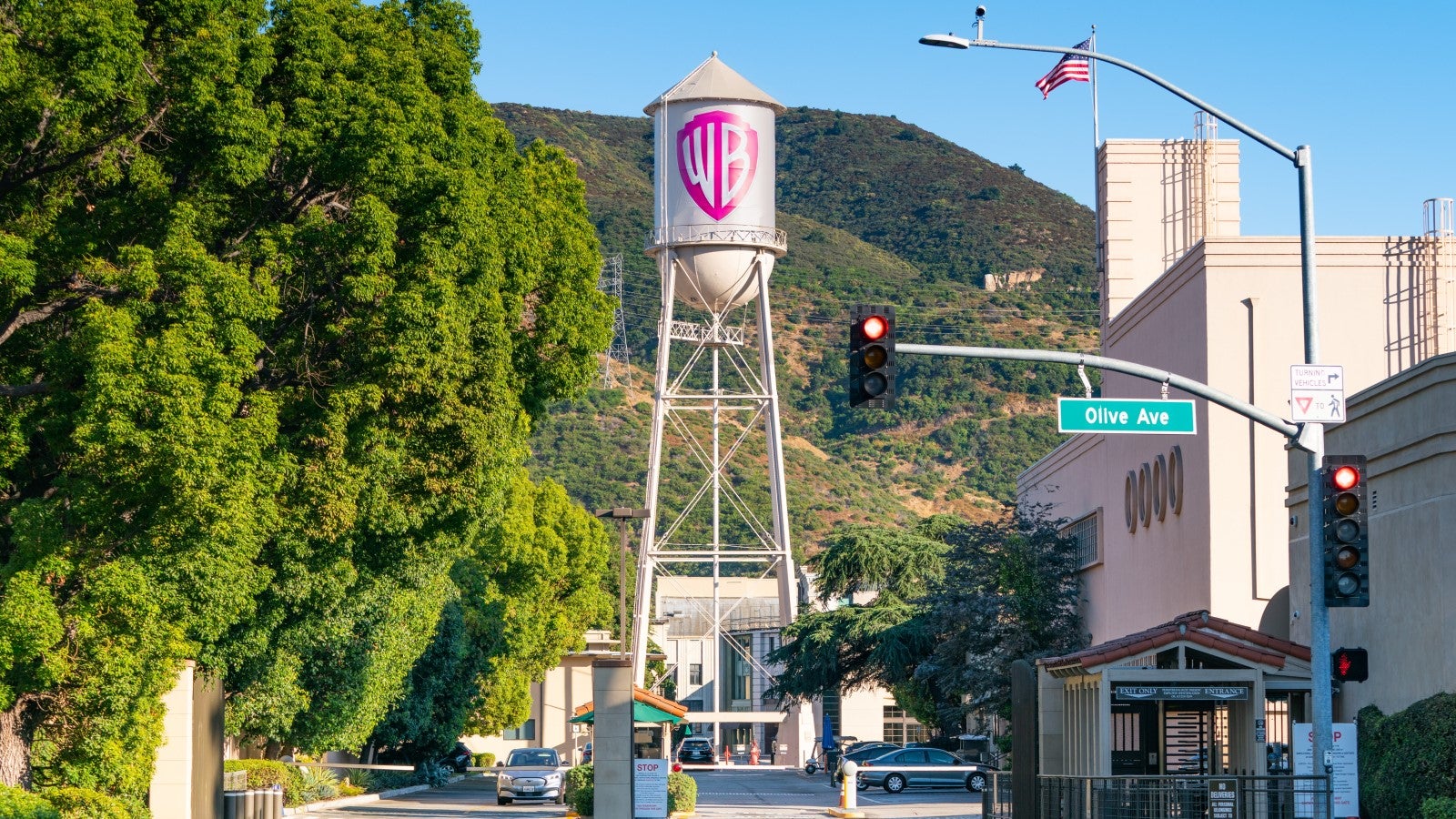
Before we’d made it to August, however, Musk was out pushing back the launch date of his robotaxi, in a surprise to almost nobody. In July of this year, the automaker delayed the reveal of the robotaxi, claiming that it needed more time to build prototypes to show off what it was capable of.
Now, the launch is set for October 10 in California and, at the time of writing, no further delays have been teased or leaked. But the big question remains, if the Tesla robotaxi does finally break cover next week, when will it actually hit the streets?